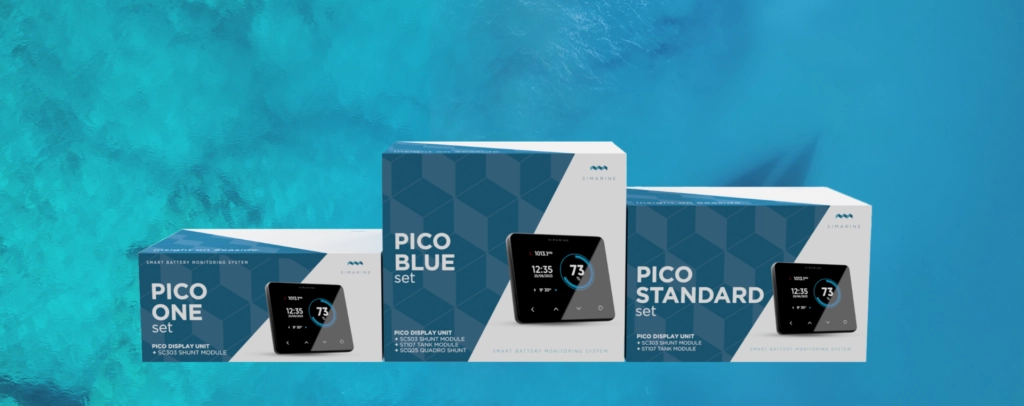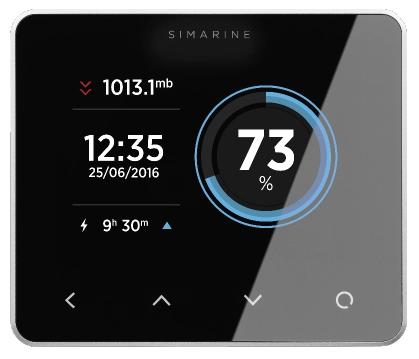Batteries are a triumph of science. They allow many cool appliances like smart phones or GPS navigation to exist without being helplessly wired to power cables. Yet even the best batteries slowly lose their capacity until they finally die. Why do batteries die and how can they even store so much energy in the first place?
How batteries work
The lead acid battery has been used commercially for over 100 years. The same chemical principle used to store energy has basically remained the same. Parts of a battery are:
- anode (the negative electrode),
- cathode (the positive electrode) and
- electrolyte (rests between them).
Chemical reactions occur in the electrolyte when a circuit is connected, the electrolyte starts buzzing with activity.
- Negatively charged anions and positively charged cations are created.
- Anions give up their electrons to the cations through the circuit.
The flow of electrons causes the electronic appliance to work. The cations accept the electrons. The battery dies when the electrons stop flowing.
The magic current in lead acid battery
What is happening in a battery cell? A battery cell consists of a positive plate covered with a paste of lead dioxide and a negative plate made of sponge lead, in between there is an insulating material (separator). The plates are enclosed in a plastic battery case and then submersed in an electrolyte consisting of water and sulfuric acid. Batteries convert chemical energy directly to electrical energy. The electrolyte inside the battery cells reacts with the two battery plates. This chemical reaction creates electric current. After the chemical reaction is completed both plates are transformed into lead sulphate. During charging process slowly the lead sulphate plates are again transformed back to their original form of lead and lead dioxide.
The charging and discharging cycle is a continuous process making lead acid battery a rechargeable battery. Devices to supply the appropriate current are called chargers. But even rechargeable batteries don’t last forever. Over time, the repetition of discharge-recharge cycles causes imperfections and irregularities in the battery cell. The electrons are no longer available to flow through a circuit and the battery dies.
Battery types
Different types of batteries use different types of chemicals and chemical reactions. Some of the most common types of batteries are:
- primary cells or non-rechargeable batteries: alkaline battery, lithium battery, zinc-carbon battery;
- secondary cells or rechargeable batteries: lead-acid battery, lithium-ion battery, nickel-cadmium battery.
Battery glossary
All batteries work in more or less the same way, but different kinds of batteries have different features. What are mostly used battery terms and what do they refer to?
- Voltage: describes the amount of electrical force (pressure) at which free electrons move from the negative end of the battery to the positive end.
- Amps: an ampere (amp) is a measure of electrical current or the number of electrons that are flowing through a circuit within a particular time frame.
- Capacity: a measure of the charge that can be delivered at the rated voltage.It represents the maximum amount of electrical charge (measured in ampere-hours) that can be extracted from the battery under certain specified conditions.
Why is monitoring battery info so important
Measuring the actual amount of energy remaining in a battery is a complex and important task. A battery monitor delivers in a clear and understandable way that and other important information like:
- voltage,
- amperes coming in and out,
- battery consumption,
- remaining ampere-hours,
- data about water, fuel and grey water tank levels and temperatures.
Monitor your temperature, charging, percentage and time of battery remaining with a perfect device for your needs – Pico.




